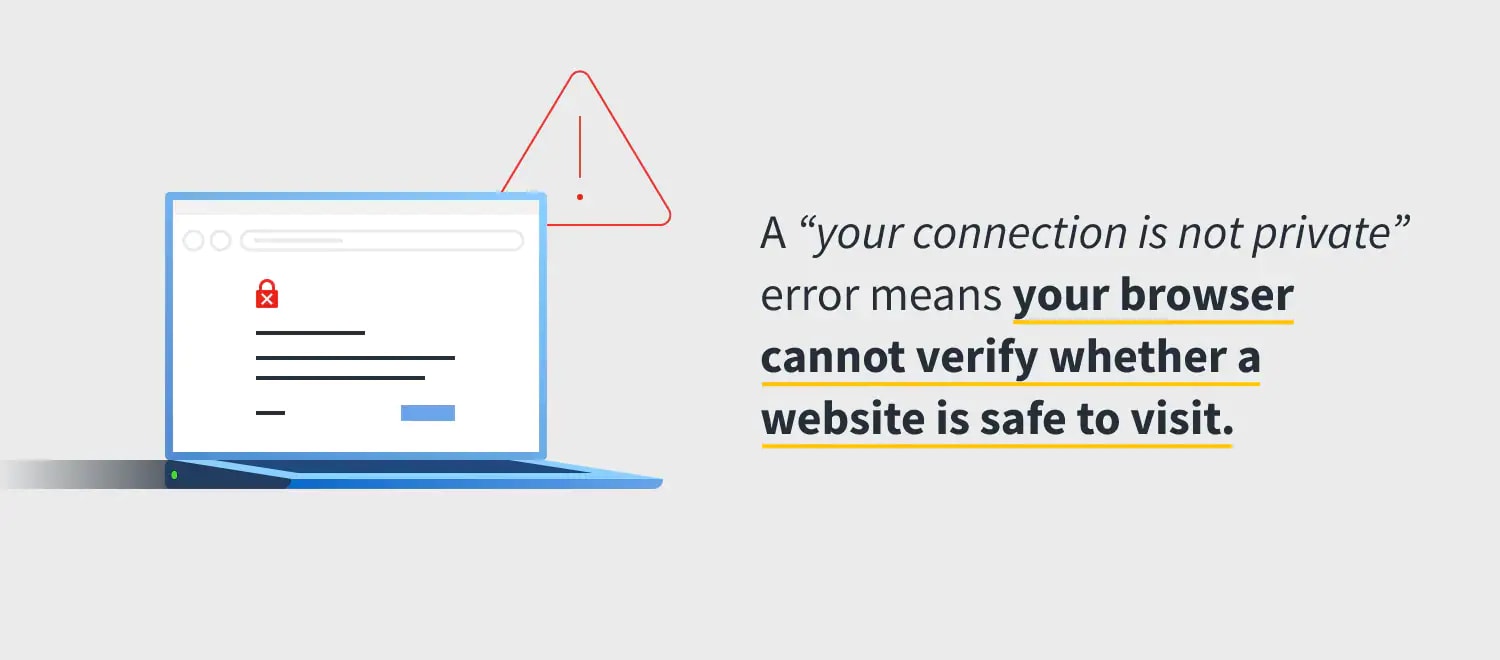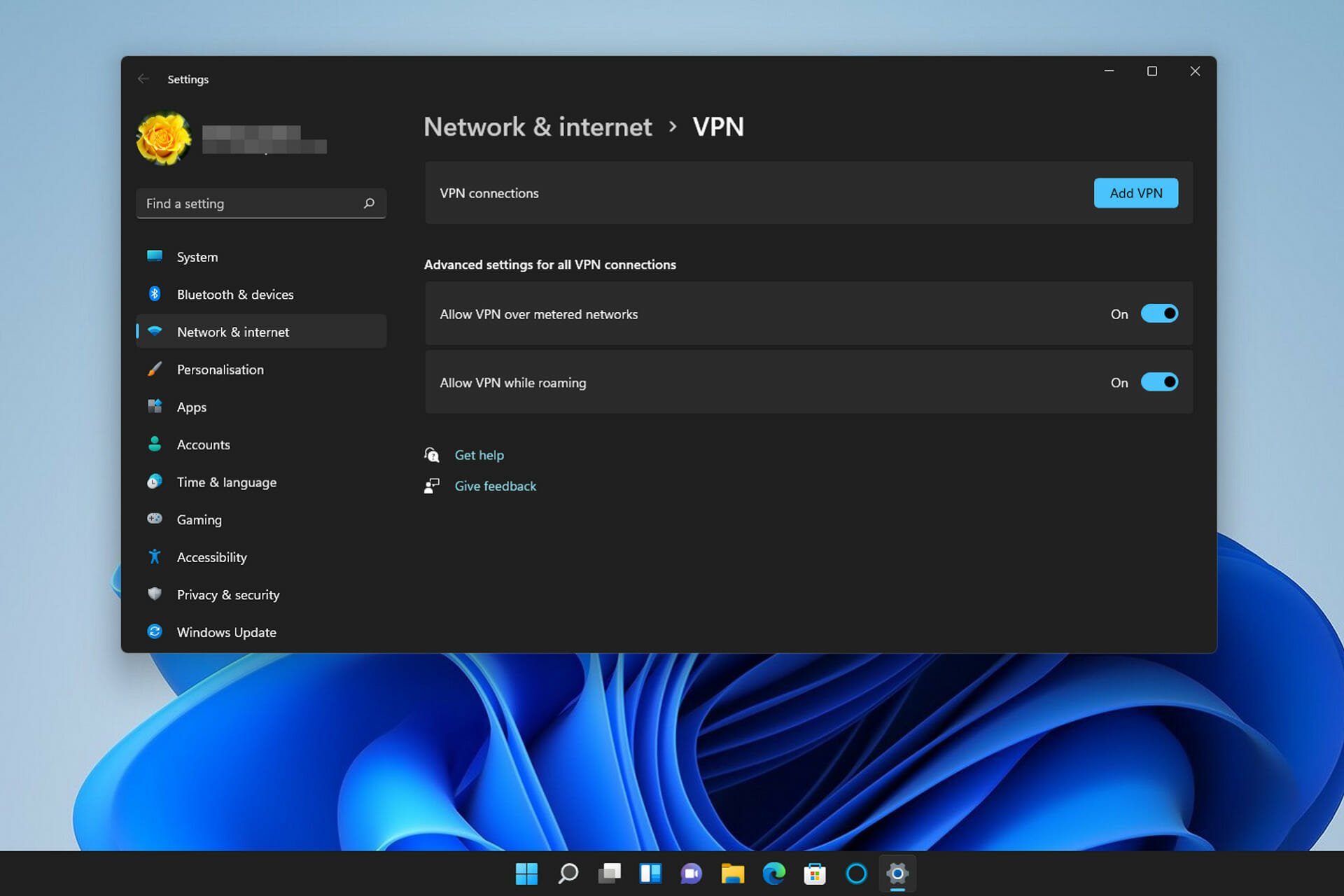Featured
Table of Contents
How To Troubleshoot Common Vpn Issues

The Routing and Remote Access snap-in lives within the Microsoft Management Console, called the MMC. There are multiple methods to access the MMC. You can choose the console from the Start menu's Programs choices, within the Administrative Tools folder within Windows server's Control Panel or by typing mmc at a command prompt.
As Tech, Republic's Brandon Vigliarolo demonstrates within his video at the start of this post, the Providers console displays the status of the Routing and Remote Access entry. From within the Providers console and with the Routing and Remote Gain access to entry highlighted, you can click Start the Service or right-click the entry and select Restart.
In some cases the VPN customer and VPN server are set to utilizing various authentication techniques. Confirm whether an authentication mistake is the problem by opening the server console. Yet another approach of accessing the MMC is to type Control+R to open a command timely in which you can type mmc and hit Go into or click OK.
If the entry isn't present, click File, select Add/Remove Snap-in, choose the Routing and Remote Gain access to choice from the choices and click Add, then OK. With the Routing and Remote Access snap-in included, right-click on the VPN server and click Residences. Then, examine the Security tab to confirm the authentication approach.
Vpn Troubleshooting Guide - Freethought
Guarantee the VPN client is set to the authentication method specified within the Security tab. Usually the products simply evaluated are responsible for the majority of VPN connection rejection errors.
IP addresses are another basic element for which administration should be correctly set. Each Web-based VPN connection generally uses 2 various IP addresses for the VPN client computer. The first IP address is the one that was appointed by the client's ISP. This is the IP address that's utilized to establish the preliminary TCP/IP connection to the VPN server over the Internet.
This IP address normally has the very same subnet as the local network and therefore allows the client to interact with the local network. When you set up the VPN server, you must configure a DHCP server to assign addresses to customers, or you can create a bank of IP addresses to designate to clients straight from the VPN server.


If this option is selected and the reliable remote access policy is set to allow remote access, the user will have the ability to connect to the VPN. I have actually been unable to re-create the circumstance personally, I have actually heard rumors that a bug exists in older Windows servers that can cause the connection to be accepted even if the effective remote access policy is set to reject a user's connection.
15 Tips For Troubleshooting Vpn Connections

Another common VPN problem is that a connection is effectively established however the remote user is not able to access the network beyond the VPN server. Without a doubt, the most common cause of this problem is that approval hasn't been given for the user to access the entire network. To enable a user to access the entire network, go to the Routing and Remote Gain access to console and right-click on the VPN server that's having the problem.
At the top of the IP tab is an Enable IP Routing check box. If this check box is made it possible for, VPN users will have the ability to access the remainder of the network, assuming network firewall softwares and security-as-a-service settings allow. If the checkbox is not picked, these users will have the ability to access only the VPN server, but absolutely nothing beyond.
For example, if a user is dialing directly into the VPN server, it's usually best to configure a static path in between the client and the server. You can configure a static route by going to the Dial In tab of the user's homes sheet in Active Directory Users and Computers and choosing the Apply A Static Path check box.
Click the Add Path button and then get in the destination IP address and network mask in the space offered. The metric ought to be left at 1. If you're using a DHCP server to appoint IP addresses to clients, there are a number of other problems that could cause users not to be able to exceed the VPN server.
How To Troubleshoot Common Issues With Avg Secure Vpn
If the DHCP server appoints the user an IP address that is already in usage elsewhere on the network, Windows will identify the dispute and avoid the user from accessing the remainder of the network. Another common problem is the user not receiving an address at all. The majority of the time, if the DHCP server can't assign the user an IP address, the connection won't make it this far.
If the customer is appointed an address in a variety that's not present within the system's routing tables, the user will be not able to navigate the network beyond the VPN server. Ensure the resources the user is trying to gain access to are in fact on the network to which the user is connecting.
A VPN connection to the other subnet might, in reality, be required. A firewall program or security as a service option might also be to blame, so do not forget to review those options' settings, if such parts are present between the VPN server and the resources the user looks for to reach.
The very first possibility is that one or more of the routers included is performing IP package filtering. IP package filtering could prevent IP tunnel traffic. I suggest examining the client, the server and any devices in between for IP package filters. You can do this by clicking the Advanced button on each machine's TCP/IP Residences sheet, selecting the Options tab from the Advanced TCP/IP Settings Characteristic sheet, choosing TCP/IP Filtering and clicking the Properties button.
Latest Posts
10 Best Vpn Services For 2023 - Top Vpns Compared
Best Business Vpn In 2023 [Ranked & Reviewed]
Best Vpn Services 2023 — Today's Top Picks